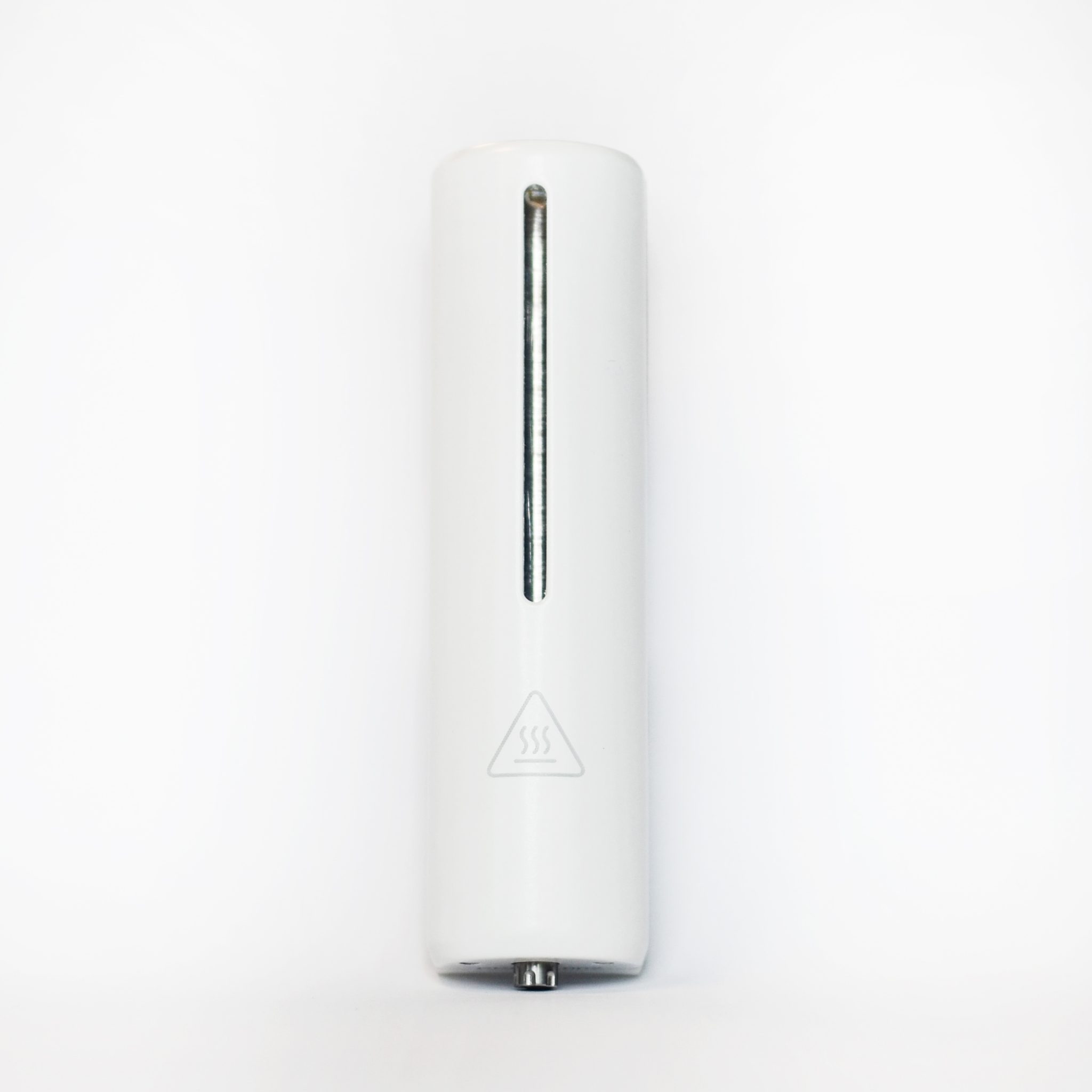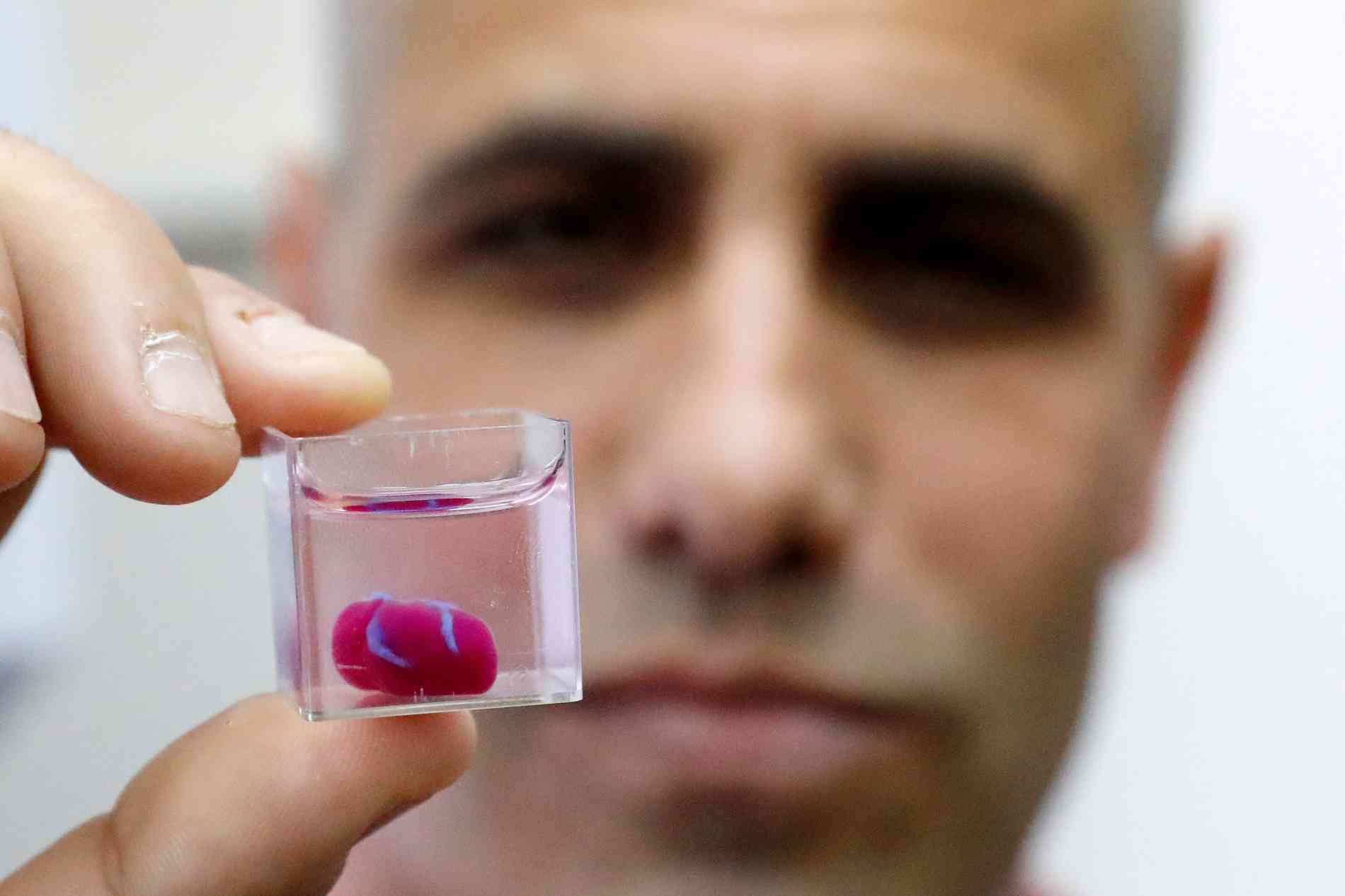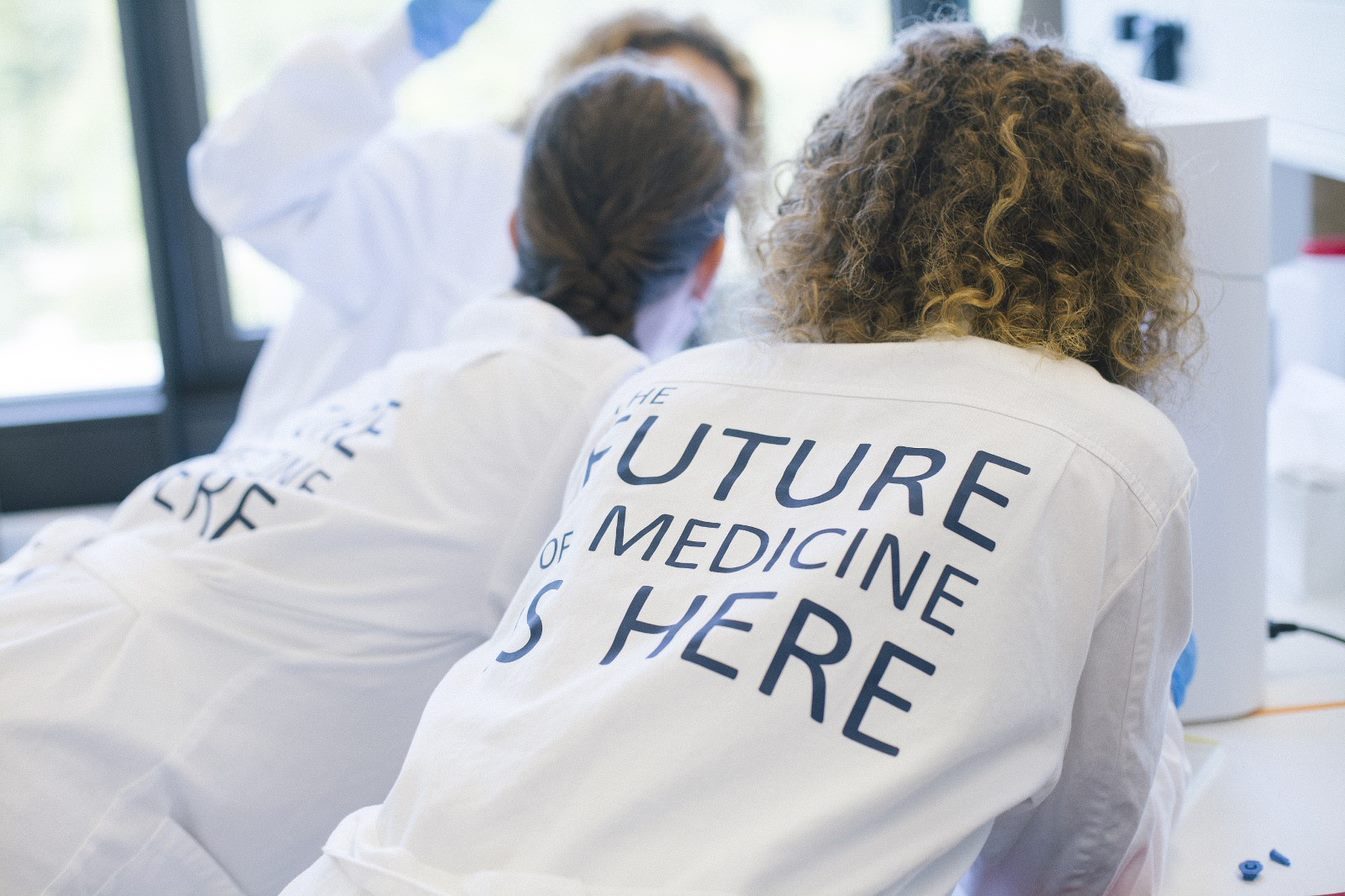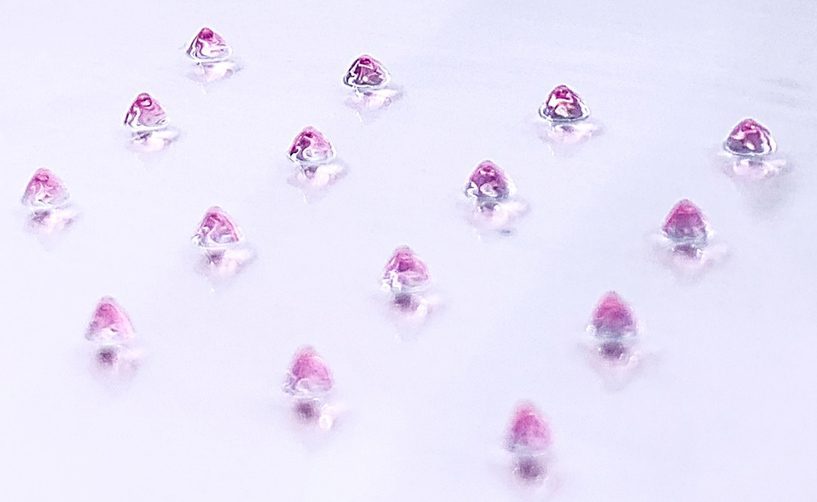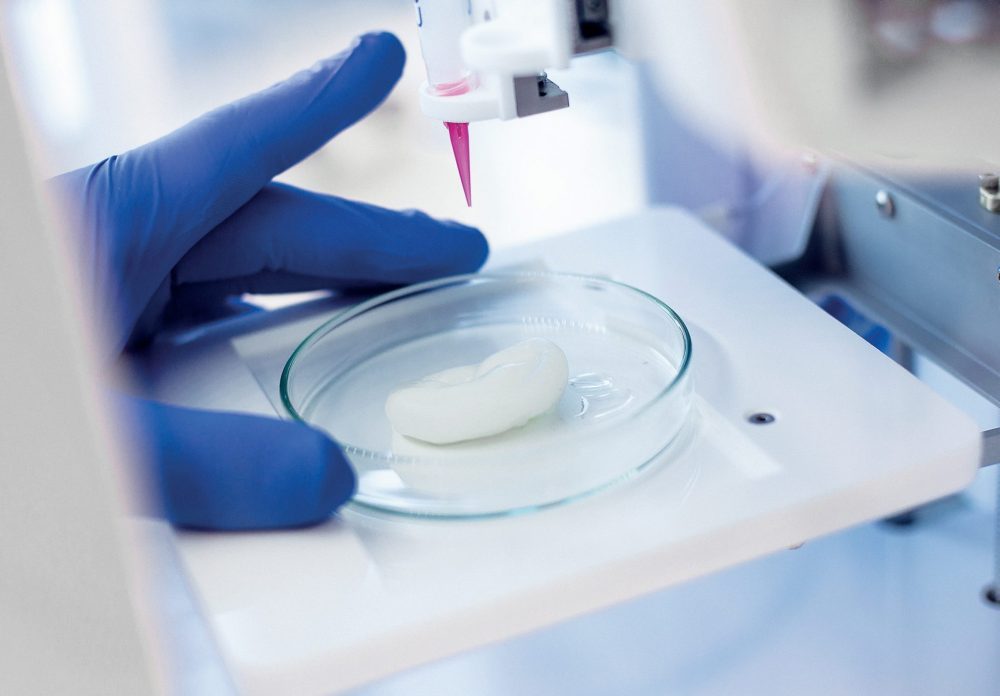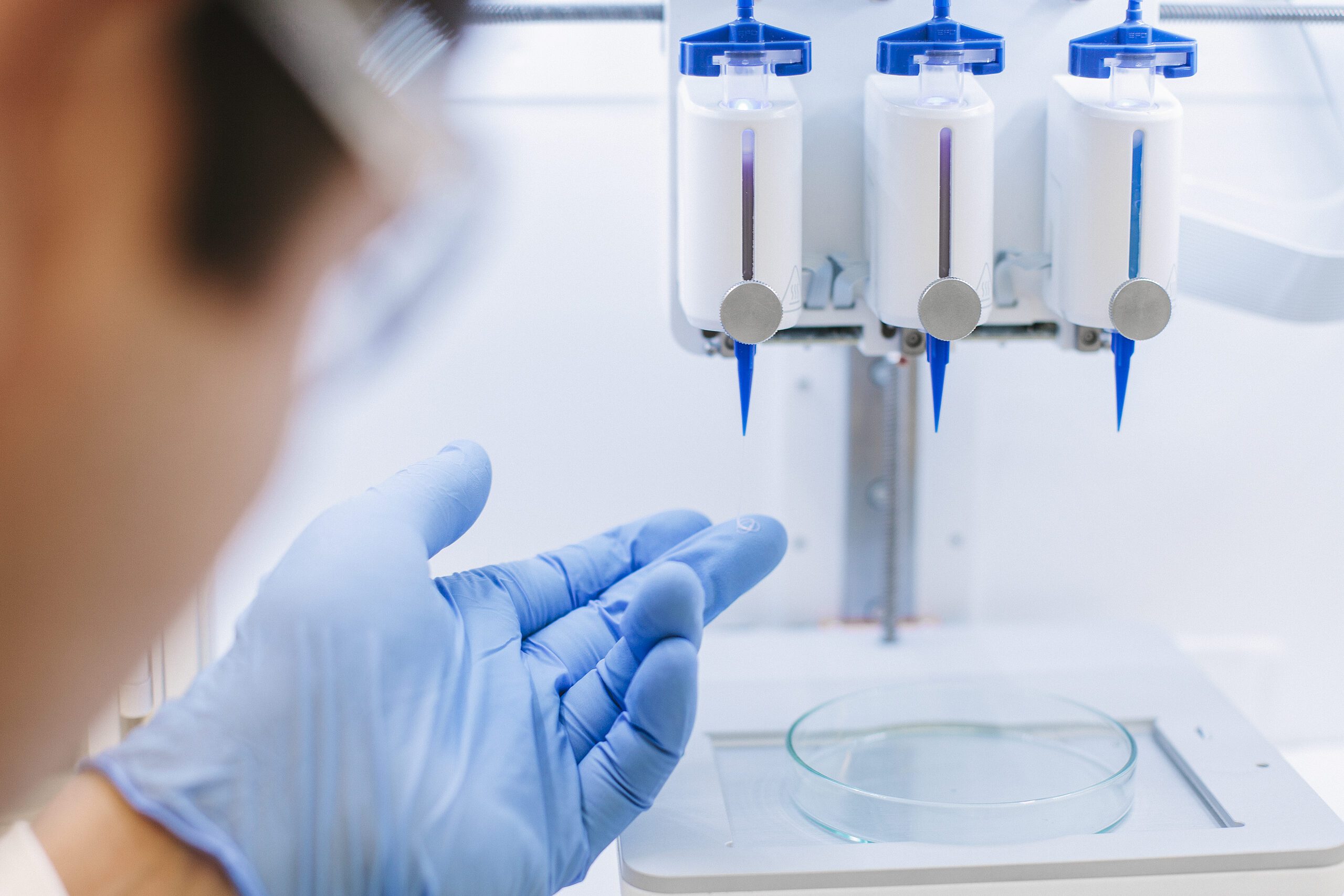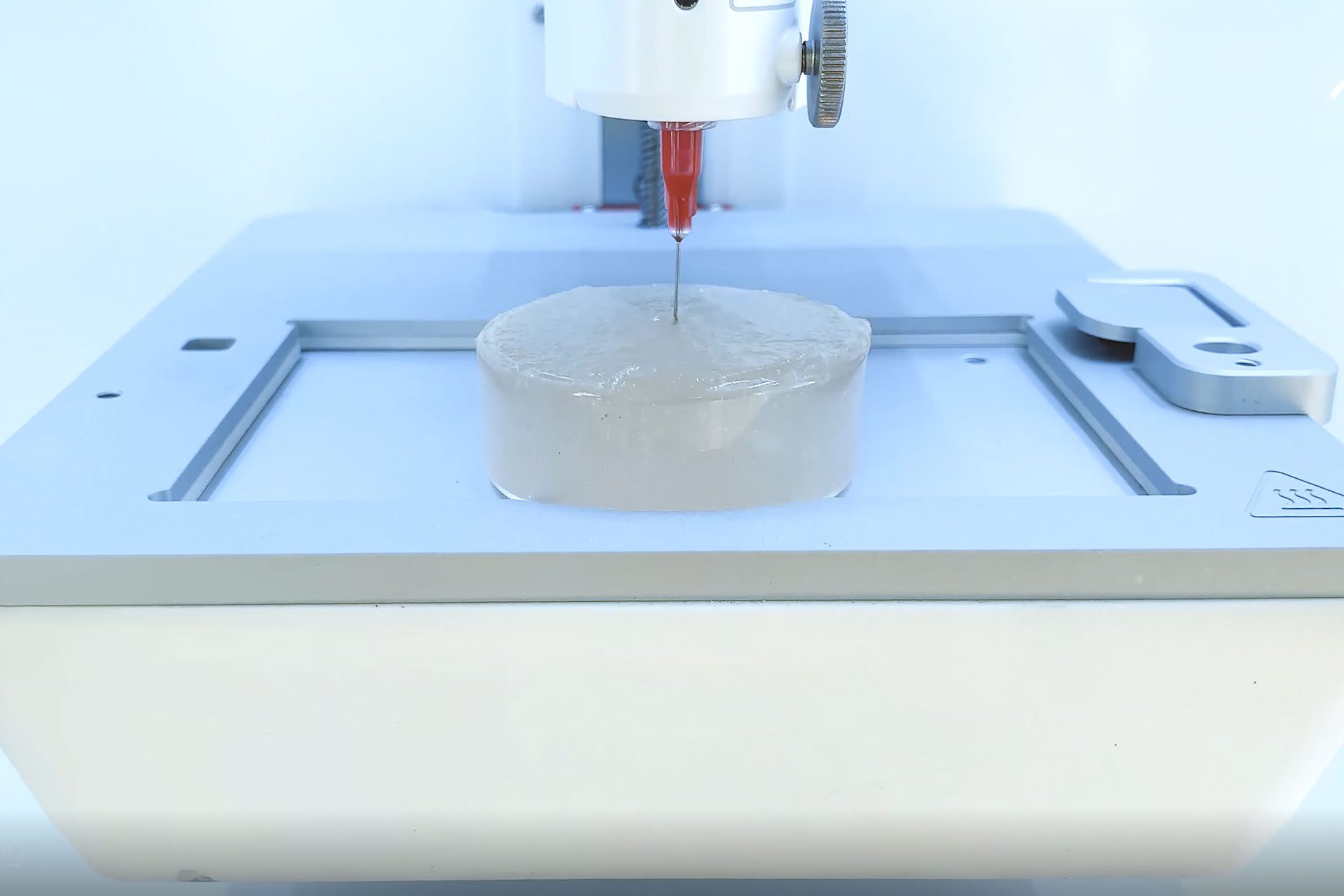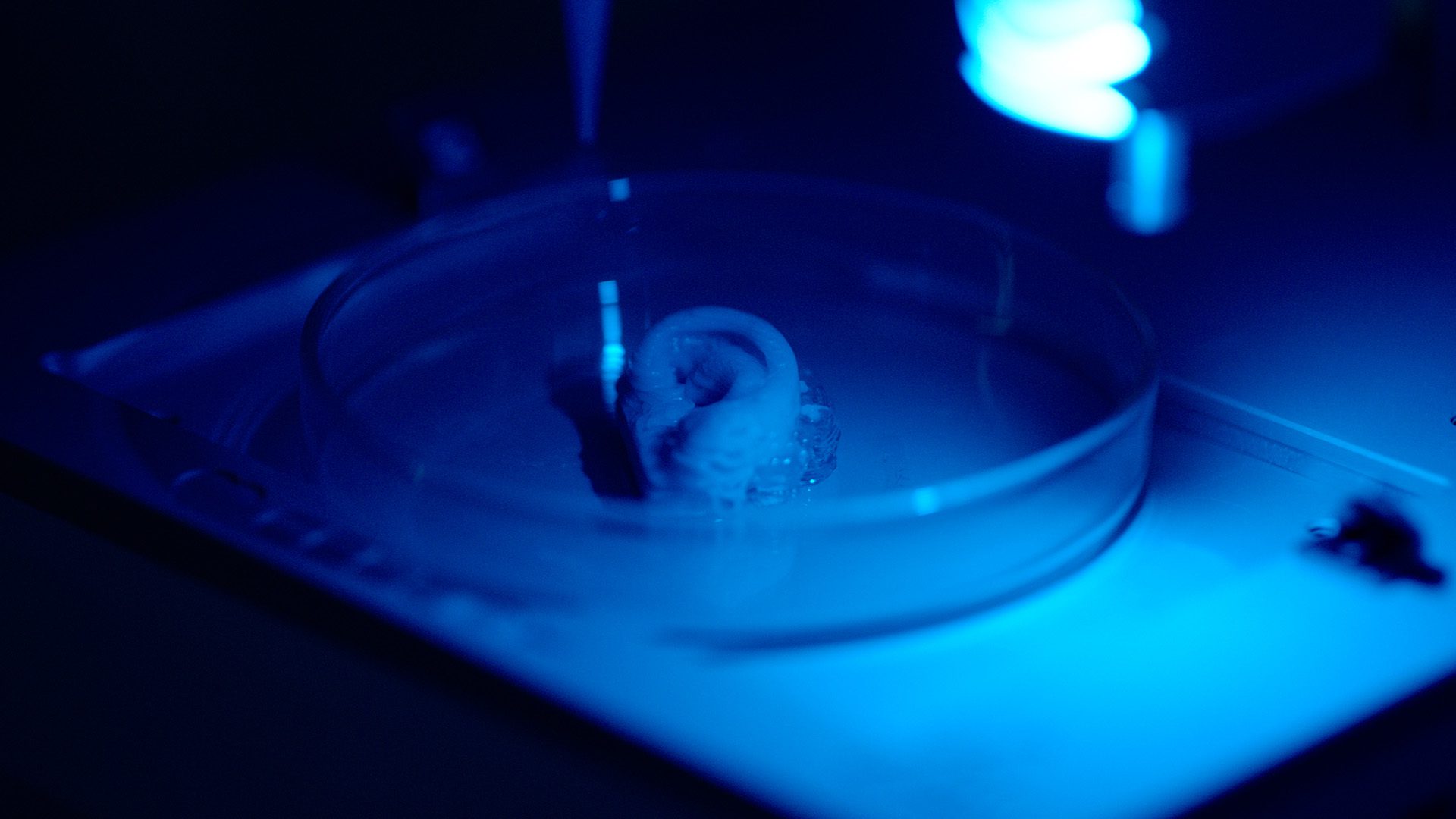3D Cell Culture, Explained Simply
What is 3D cell culture?
3D cell culture is a culturing technique to allow individual cells to interact with other cells and the extracellular matrix (ECM) in three dimensions. This contrasts with traditional, monolayer cell culture where cells only interact on a monolayer plane with the cell medium and culture dish. Instead, 3D cell culture more closely mimics the environment cells experience in the human body, with complex interactions and signaling cues from neighboring cells and the ECM.
As 3D cell culture has become more commonplace in the labs, it’s no wonder that the interest, amongst those who haven’t yet had the chance to switch, has become greater.
Bioprinters
| BIO ONE | Product information → |
| BIO X | Product information → |
| BIO X6 | Product information → |
| LUMEN X | Product information → |
| BIONOVA X | Product information → |
Making 3D easy
Although 3D cell culture was initially niche and complicated, and only for specialists, this is no longer the case.
Technological achievements have democratized the use of 3D cell culture, and have made it easy for researchers to take a step into the third dimension. Advancements in 3D bioprinting hardware and software, especially, have played a crucial role in enabling more researchers to take part in the 3D revolution.
CELLINK’s bioprinters are the most published in the world, because we ensure that the bioprinting process is easy. Focusing solely on 3D cell culture, we have taken this a step further with the BIO ONE, which we’ll discuss more down below.
Advantages of 3D Cell Culture
There are multiple advantages with 3D cell culturing compared to conventional culturing methods. In this section we will look deeper at a few of those advantages.
1. Higher degree of biomimicry
3D cell culture systems closely mimic the physiological environment of tissues in vivo. Unlike traditional 2D cultures, which lack spatial organization and cell-cell and cell-matrix interactions, 3D cultures incorporate extracellular matrix (ECM) components, providing a more realistic cellular microenvironment. This biomimicry enhances the relevance and reliability of experimental results, making them more translatable to in vivo conditions.
2. Improved cellular interaction and communication
In 3D cultures, cells are able to interact in a manner more akin to their natural environment. This includes cell-cell interactions and signaling, as well as interactions with the ECM. These interactions play crucial roles in various cellular processes such as proliferation, differentiation, and migration. By fostering such interactions, 3D cultures better represent the complex cellular behaviors observed in tissues in vivo.
3. Better recapitulation of tissue architecture
Technologies like bioprinting enable the precise fabrication of complex tissue architectures in 3D culture systems. These systems allow for the creation of multicellular structures with spatial organization similar to native tissues. Moreover, co-culture techniques facilitate the study of cell-cell interactions and tissue dynamics, further enhancing the recapitulation of tissue architecture in vitro.
4. Long-term culture
Compared to traditional 2D cultures, 3D cell cultures often support longer-term culture and functionality of cells. This extended culture duration is particularly beneficial for studying processes that unfold over time, such as tissue development, disease progression, and drug responses. By maintaining cellular viability and functionality for extended periods, 3D cultures offer researchers a more physiologically relevant platform for conducting long-term experiments.
How do you get started?
Adopting a new way of doing anything is always perceived as a hurdle. Many who speak to us at CELLINK fear a perceived complexity with 3D bioprinting as such a hurdle. Since the inception of CELLINK, we have continuously worked on removing the barrier to 3D bioprinting and 3D cell culture, making sure that researchers regardless of background can partake in this new paradigm.
Our extrusion-based bioprinters, BIO X and BIO X6 are excellent tools for advanced 3D cell culture scaffolds. Our light-based bioprinters, LUMEN X and BIONOVA X, also play a pivotal role in enabling cell culture within scaffolds at an even higher resolution. However, in this blog we will be looking at another modality of our instrument portfolio: biodispensers, and more specifically, BIO ONE.
BIO ONE - get started with 3D cell culture
Our latest instrument, announced in February 2024, is BIO ONE. The tagline we settled on is Unlock the World of 3D Cell Culture – because the ultimate goal with this instrument is to make it easy for everyone to start culturing cells in 3D.
From day one, the focus of developing the BIO ONE has been on simplicity, reproducibility, and ease-of-use. We also wanted to ensure that those who have used conventional cell culture methods can shift to 3D cell culture with minimal disturbance in things like material choices, while causing a good deal of disturbance in research by enabling greater insights, faster.
With the BIO ONE, one objective was to enable those that have started 3D cell culture with materials like Corning’s Matrigel® and collagen to increase their throughput and consistency. To this effect, BIO ONE was developed to dispense with what we call a “Cooled Syringe Printhead”.
This means that the printhead can cool down to 0 °C and maintain this temperature throughout the process, which ensures that temperature-sensitive materials like Matrigel® or Collagen can be used without worry on the BIO ONE.
The Syringe-part of the name is the other key aspect at play. By using a mechanical extrusion through a syringe, we limit the CV (Coefficient of Variation) of the dispensed droplet when compared to air-pressure printing or hand-made dispensing. In a recent application note where we tested Collagen Gel Contraction Assays, we could see a decrease in collagen use of over 800% for the constructs, compared to traditional methods.
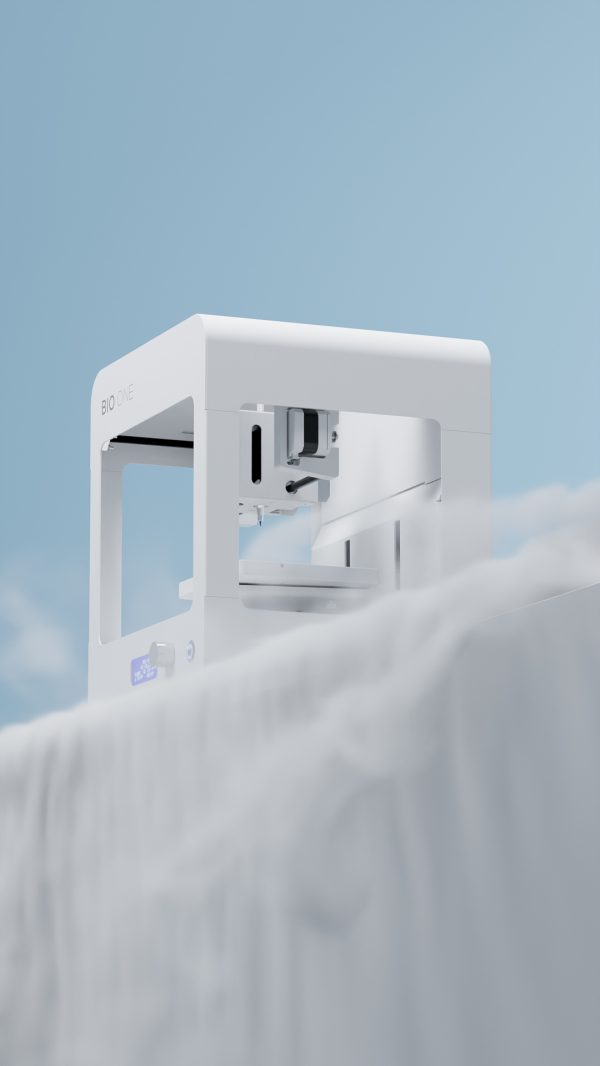
Bioprinter Selection Guide
Looking for a 3D cell culture solution can sometimes be a bit daunting.
This is why we have developed the Bioprinter Selection Guide. By answering a few simple questions, we will have a good idea of which instrument may be the right fit for you in under 5 minutes.
If you are still unsure, don’t hesitate to fill in this form for an initial conversation and demo.
[Bioprinter Selection Guide]
